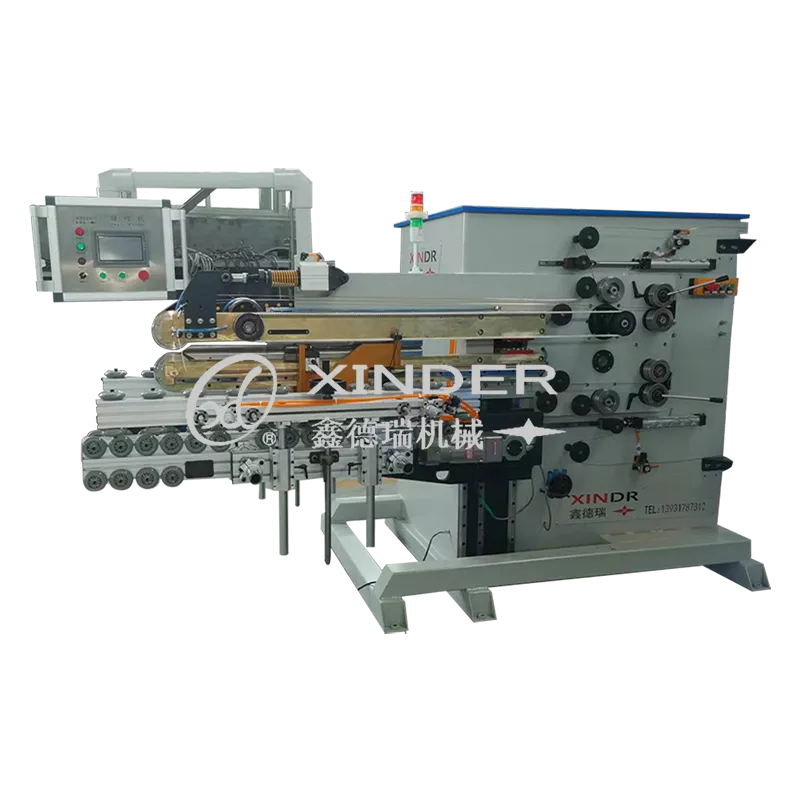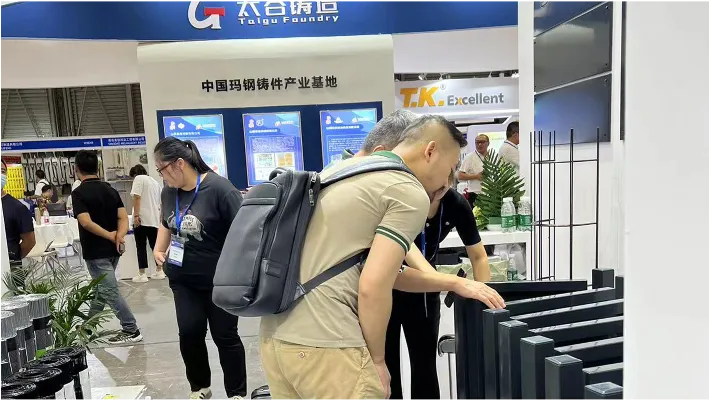-
 8613931787312
8613931787312 -
 Botou Industrial Zone on the east side of National Highway 104, Botou City, Hebei Province
Botou Industrial Zone on the east side of National Highway 104, Botou City, Hebei Province
- Afrikaans
- Albanian
- Amharic
- Arabic
- Armenian
- Azerbaijani
- Basque
- Belarusian
- Bengali
- Bosnian
- Bulgarian
- Catalan
- Cebuano
- Corsican
- Croatian
- Czech
- Danish
- Dutch
- English
- Esperanto
- Estonian
- Finnish
- French
- Frisian
- Galician
- Georgian
- German
- Greek
- Gujarati
- haitian_creole
- hausa
- hawaiian
- Hebrew
- Hindi
- Miao
- Hungarian
- Icelandic
- igbo
- Indonesian
- irish
- Italian
- Japanese
- Javanese
- Kannada
- kazakh
- Khmer
- Rwandese
- Korean
- Kurdish
- Kyrgyz
- Lao
- Latin
- Latvian
- Lithuanian
- Luxembourgish
- Macedonian
- Malgashi
- Malay
- Malayalam
- Maltese
- Maori
- Marathi
- Mongolian
- Myanmar
- Nepali
- Norwegian
- Norwegian
- Occitan
- Pashto
- Persian
- Polish
- Portuguese
- Punjabi
- Romanian
- Russian
- Samoan
- scottish-gaelic
- Serbian
- Sesotho
- Shona
- Sindhi
- Sinhala
- Slovak
- Slovenian
- Somali
- Spanish
- Sundanese
- Swahili
- Swedish
- Tagalog
- Tajik
- Tamil
- Tatar
- Telugu
- Thai
- Turkish
- Turkmen
- Ukrainian
- Urdu
- Uighur
- Uzbek
- Vietnamese
- Welsh
- Bantu
- Yiddish
- Yoruba
- Zulu
Premium Automatic Seam Welder for High-Precision Welding
- Introduction to Automatic Seam Welding Technology
- Technical Superiority and Performance Metrics
- Advanced Welding Mechanism Explained
- Comparative Analysis of Market Leaders
- Custom Configuration Possibilities
- Industry-Specific Implementation Cases
- The Future Impact of Automation in Welding

(automatic seam welder)
The Evolution and Impact of Automatic Seam Welding Technology
Industrial manufacturing has witnessed revolutionary efficiency gains since the integration of automated systems. Among these innovations, the automatic seam welder
represents a quantum leap in joining technology. These sophisticated machines consistently produce hermetic seals with tolerances under 0.1mm - a precision level unattainable through manual methods. Major automotive plants report 40% faster production cycles after implementing these systems, while pressure vessel manufacturers have reduced material waste by 32%. The fundamental advantage lies in eliminating human variability; each weld replicates exact parameters like electrode force (typically 3-5 kN), current intensity (8-16 kA), and travel speed (1-3 m/min). With industrial internet of things (IIoT) integration, modern units transmit weld analytics to quality management systems in real time, creating a closed-loop manufacturing ecosystem where deviations trigger automatic calibration sequences.
Technical Superiority and Performance Metrics
Contemporary automatic seam welding machines exhibit transformative capabilities through proprietary technologies. High-frequency inverters maintain weld current stability within ±1.5%, crucially eliminating weak points along continuous seams. Closed-loop water cooling systems regulate electrode temperature at 20-40°C, increasing tip lifespan by 300% compared to conventional welders. Operational metrics demonstrate overwhelming advantages:
- Cycle Efficiency: 90% reduction in inter-weld downtime through automated electrode dressing
- Energy Consumption: 2.3 kW/hr per meter of weld versus 3.8 kW/hr in semi-automatic systems
- Seam Integrity: 98.7% consistency in penetration depth verified through ultrasonic testing
- Uptime Reliability: Fully Automatic Seam Welding Machines achieve 95% operational availability between maintenance cycles
Synchronized servo drives position workpieces with 0.01mm repeatability, crucial for aerospace fuel tanks requiring 100% leak-free joins. Advanced models incorporate machine vision systems that perform seam tracking at 200fps, automatically adjusting weld head trajectory to accommodate material inconsistencies.
Advanced Welding Mechanism Explained
The welding sequence initiates with pneumatic clamping applying up to 0.7 MPa pressure, securing materials without distortion. Copper alloy wheels then rotate at precisely controlled RPM while transmitting pulsed current at frequencies up to 400 Hz. This pulsation prevents heat accumulation, particularly critical for thin gauge materials where penetration must be limited to 0.3-0.8mm. For dissimilar metal joining, such as aluminum-to-steel battery enclosures, specialized units modulate current polarity mid-weld - negative polarity for aluminum penetration followed by positive polarity for steel integration. Post-weld processes might include automated brushing units for oxide removal and integrated pyrometers that verify cooling rates meet metallurgical requirements. Secondary operations such as beading or flange forming can be incorporated inline, consolidating multiple fabrication steps.
Comparative Analysis of Market Leaders
| Manufacturer | Model | Max Weld Speed (m/min) | Material Thickness Range (mm) | Power Efficiency (%) | Automation Integration |
|---|---|---|---|---|---|
| Miller Electric | AutoWeld XT-780 | 4.2 | 0.5 - 6.0 | 92.5 | FANUC robotics |
| Lincoln Electric | SeamMaster Pro | 3.8 | 0.3 - 8.0 | 89.7 | Yaskawa robotic arms |
| Fronius International | FusionMaster 6.0 | 4.5 | 0.4 - 5.5 | 94.2 | Integrated PLC with OPC-UA |
| ESAB | Autojoin HD9 | 3.5 | 0.6 - 10.0 | 87.9 | Siemens SIMATIC control |
The Fronius model demonstrates superior energy efficiency through transformerless technology, achieving 22% faster travel speeds than industrial averages. Lincoln's thicker material capability remains unmatched for structural applications, while Miller offers enhanced robotic flexibility for complex contour welding. All contemporary models include EtherCAT industrial communication protocols and conform to IEC 61508 functional safety standards.
Custom Configuration Possibilities
Modular automatic seam welder designs enable extensive adaptation to specialized manufacturing requirements. Common customizations include:
- Workpiece Handling: Rotary fixtures for cylindrical components (≤2000mm diameter) or Cartesian coordinate systems for planar geometries
- Welding Head Options: Dual electrode configurations for simultaneous top/bottom welding or staggered electrode arrangements for thermal management
- Process Monitoring: Integration of thermal imaging cameras for real-time penetration verification beyond standard parametric monitoring
For food-grade stainless steel applications, units can be specified with polished surface contact components that prevent contamination. Semiconductor equipment manufacturers often request Faraday-caged enclosures to prevent electromagnetic interference with sensitive electronics during welding. Configurations supporting dissimilar material combinations typically include programmable heat input profiles that automatically transition settings when welds cross material boundaries.
Industry-Specific Implementation Cases
Global refrigeration leader CoolTech reduced canister rejection rates from 8% to 0.3% after deploying custom-configured automatic seam welding machines across three production lines. The automotive sector provides compelling validation; electric vehicle pioneer VoltAuto credits automated seam welding with enabling 27-second cycle times for battery enclosure production. In aerospace manufacturing, longitudinal fuselage joins previously requiring 22 labor hours now complete in 4 hours using curved-track seam welders with adaptive path correction. Medical device applications demand extreme precision: pacemaker encapsulation welds achieve 0.02mm surface variation across helium-tight seals. Offshore energy platforms employ specialized atmospheric-controlled units capable of welding corrosion-resistant alloys in field conditions where nitrogen-purged chambers maintain weld zone integrity.
Why Modern Manufacturing Demands Automatic Seam Welders
Industrial advancements now make sophisticated seam welding automation both technically and economically imperative. The cumulative effect of 87% first-pass yield rates, 40% reduced energy expenditure, and elimination of post-weld rework delivers ROI within 14-18 months for medium-volume production. These systems are transcending traditional welding roles: hybrid configurations now combine seam welding with laser ablation for next-generation battery tab connections in electrification infrastructure. As material science advances introduce thinner, stronger alloys requiring heat-controlled joining processes, the precision of Fully Automatic Seam Welding Machines becomes indispensable. Progressive manufacturers recognize that these systems aren't merely production tools but strategic quality assurance instruments that embed compliance into fundamental manufacturing processes.

(automatic seam welder)
FAQS on automatic seam welder
Q: What is an automatic seam welder? A: An automatic seam welder is a specialized welding machine that uses electric resistance to create continuous, leak-proof seams on metal workpieces like tanks or pipes. It operates without manual intervention once parameters are set, ensuring consistent weld quality. Common applications include automotive, aerospace, and HVAC manufacturing. Q: How does a Fully Automatic Seam Welding Machine work? A: A Fully Automatic Seam Welding Machine uses rotating electrode wheels to apply pressure and electrical current along overlapping metal edges. This generates localized heat via resistance, fusing materials into a uniform seam. The system automates feed speed, pressure, and cooling for high-precision, high-volume production. Q: What are key benefits of automatic seam welding machines? A: Automatic seam welding machines deliver superior speed and repeatability for long weld joints, reducing labor costs. They produce airtight/watertight seams with minimal distortion, ideal for pressurized containers. Advanced models feature PLC controls for real-time monitoring and parameter adjustments to maintain weld integrity. Q: Which industries use automatic seam welders? A: Automatic seam welders are vital in automotive manufacturing for fuel tanks and exhaust systems. They're also used in aerospace for ducting, appliance production for drums, and construction for structural tubing. Any industry requiring durable, continuous welds on sheet metal or cylinders benefits from this technology. Q: What maintenance do automatic seam welding machines require? A: Regular electrode wheel dressing or replacement ensures consistent contact and heat distribution. Cooling systems need periodic checks to prevent overheating, while alignment and pressure calibration should be verified monthly. PLC software updates and lubrication of moving parts are essential for long-term reliability.-
Understanding Automatic Seam Welding Machines: A Game Changer in Welding TechnologyNewsJul.18,2025
-
Revolutionizing Packaging: The Role of Welding Machines in Steel and Tin Can ManufacturingNewsJul.18,2025
-
Precision in Motion: Exploring Seam Welding Machines for Industrial FabricationNewsJul.18,2025
-
Mastering Precision Bending: A Guide to Tube Benders and Their TypesNewsJul.18,2025
-
Inside the World of Barrel Manufacturing: Machines, Lines, and CostsNewsJul.18,2025
-
Exploring the Technology Behind Elbow Bending Machines in Pipe ManufacturingNewsJul.18,2025
-
Unlocking the Power of Light: Exploring Modern Laser Welding SolutionsNewsJul.15,2025
-
 Pneumatic Handle Welding MachineSep . 13, 2024
Pneumatic Handle Welding MachineSep . 13, 2024 -
 Fully Automatic Kaiping Production LineOct . 17, 2024
Fully Automatic Kaiping Production LineOct . 17, 2024 -
 Fully Automatic Metal Bucket Lifting HeadphonesSep . 14, 2024
Fully Automatic Metal Bucket Lifting HeadphonesSep . 14, 2024

